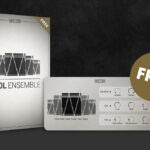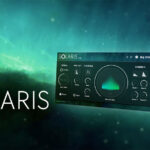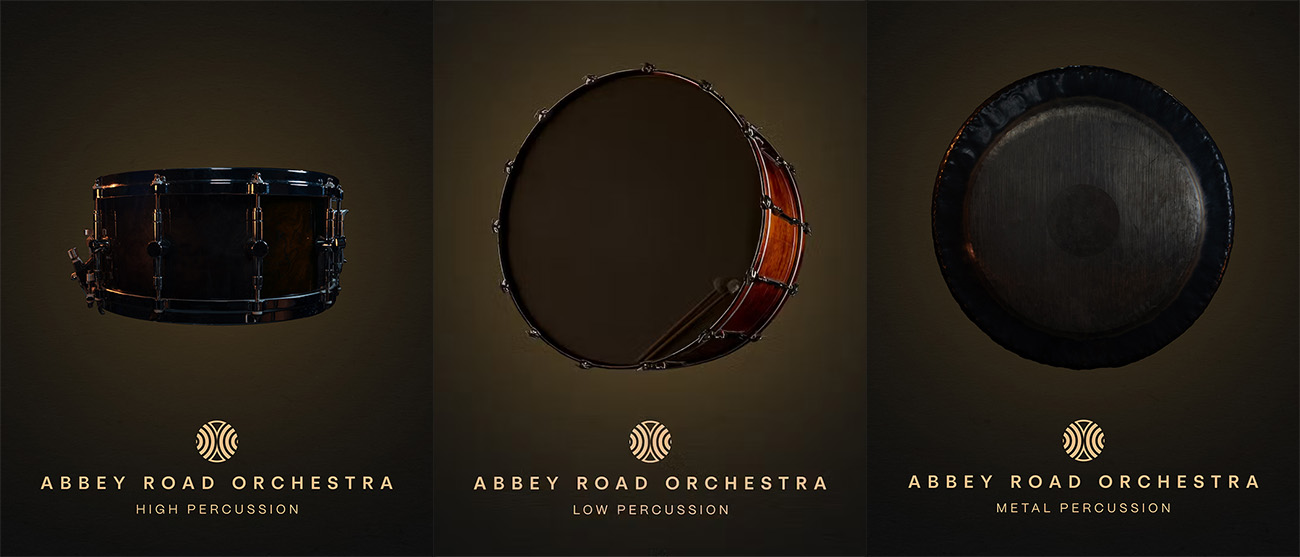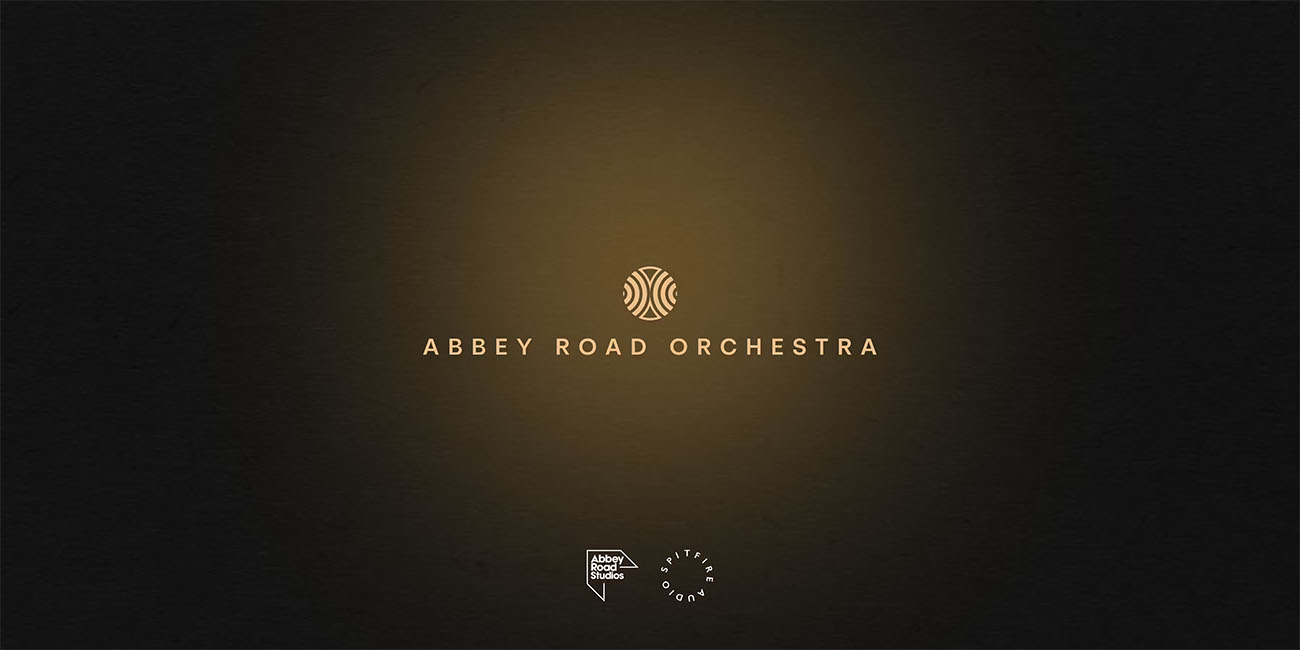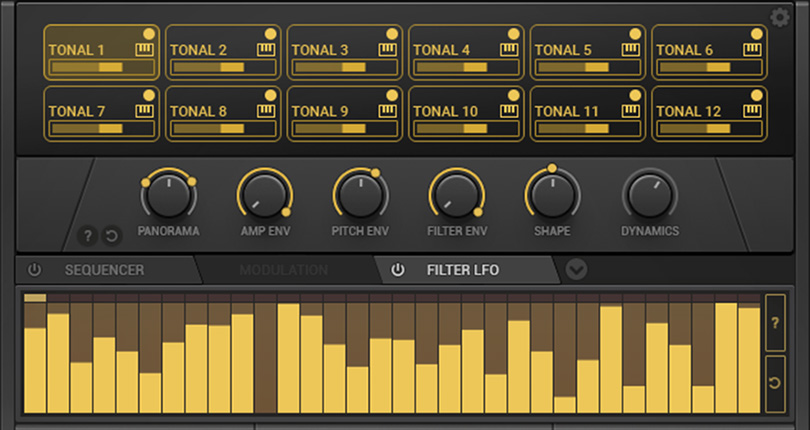EDITOR’S NOTE: We are in the process of updating this article to reflect the additional strings and the newly released Abbey Road Orchestra: Flutes library. This article will also serve as navigation to any of our existing coverage.
Another day, another orchestral library release. At this point, we’ve seen it all, heard it all. Right? So why do we keep yearning for more?
I don’t know. But because of this desire to always want something new and better, I’m pretty excited about what Abbey Road Orchestra is expected to be. The premise is that of a sample-lover’s dream, but I have so many questions, as I’m sure many others do. This is going to be a massive library. If you haven’t heard of it yet, I’ll go over plenty of details before we’re done.
I’ll be honest; I have no idea what the best way to cover this library is. Three modules are out so far; Low Percussion, High Percussion, and Metal Percussion. At the time of publishing, the Abbey Road Orchestra 1st Violins are literally two days away from release (and we’ll be covering it with a full review shortly after launch). There will no doubt be countless more modules released over the next couple of years, and nobody really knows what the makeup will be.
So I’m going more with the “train of thought” approach. I can’t possibly cover every instrument and articulation, or deep thoughts on each instrument. But I’m going to try and report the vibe and intention of this library the best way I can, and give some highlights as I see them. I’ll probably miss some things. Forgive me now.
I’m going to split this first bit of coverage into a two part review. This first part will be more of an introduction to the overall library, along with a few rambling thoughts I have (I do ramble a lot). This will also serve as a “common” article for all future modules that can be referred to in order to avoid duplicating these thoughts. I’ll also update this first part with relevant new information as the library develops.
The second part will bring more details about the High Percussion, Low Percussion, and Metal Percussion libraries themselves.
In the future, I may rearrange some things based on other modules. But at this moment, with the three percussion modules available, this is the best way I could come up with to introduce you to the Abbey Road Orchestra as it stands today.
So, why this special treatment for a single library? Well, I don’t ever recall a single sample product with so much involved in it, so many details, so much hype, yet so much uncertainty. Whether it turns out amazing, or underwhelms, I feel the extra attention will help assist readers in knowing what they need to know about Abbey Road Orchestra. So grab a beverage, and lets dig in.
Abbey Road Orchestra – A Quick Primer
Ok, what is Abbey Road Orchestra and why should I care?
Aside from the obvious (Dude…..it’s an orchestra…..recorded at Abbey Road Studios…..duh), I think the answer needs a little more nuance.
Abbey Road Studios is one of the most famous recording studios in the world. Billed as the “world’s largest recording space”, it’s sound and mystique are arguably second to none. And it’s a studio that, despite how well-known it is, has remained largely closed off to those who can’t afford the trip or the funds to record there. It wasn’t until this year that Abbey Road even seemed open to allowing the general public inside.
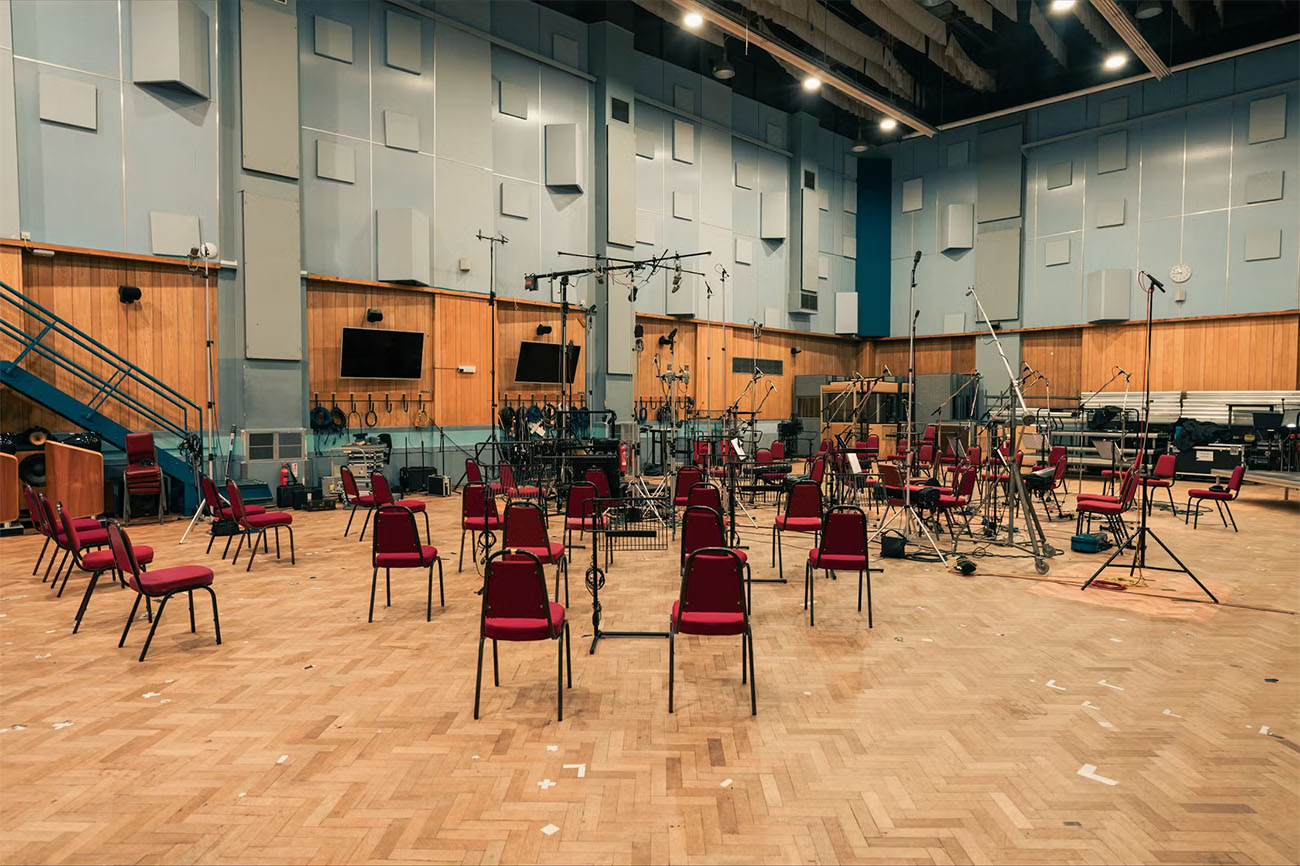
Traditionally, Abbey Roads has kept a very close grip on it’s own sound. There have been a few commercial products released under the Abbey Road name, but it’s been very selective. And no orchestral library has been released under the name. Until now. Spitfire started with the Abbey Road One series, which is more of a pre-made ensemble library, along with a smaller string library from the Abbey Road Two room.
But Abbey Road Orchestra is the flagship. This is the library that Spitfire has been building to. And Spitfire seems to be taking the approach of “give them all of it”. You never know if the opportunity will ever arise to record something bigger or better. So the goal seems to be ‘make it big, and make it better’. We’ll see.
Because of the apparent depth of the overall library, Spitfire is taking the modular approach……to an extreme. While most orchestral libraries release an entire percussion section, Spitfire has so-far split percussion into three parts. And we haven’t even seen the timpani and other pitched percussion yet! But once you see the depth of each module, I think you’ll understand why releasing in smaller parts might be necessary.
I’m excited about this library because of the promise it brings. I am also curious how much “forward” this library will be compared to other Spitfire offerings, along with other libraries on the market. But for now, we have the percussion (1st Violins coming next, and you can be sure we’ll be covering them). So we will tackle that.
Price, Size and Audience- let’s get this out of the way
I want to talk about this up front, and then move on. I know people are going to have comments about this, but I don’t want to bog down the whole discussion with it all with every new module. In case you haven’t checked out the product pages yet, let me break the news to you. Abbey Road Orchestra isn’t cheap. I should clarify; it isn’t cheap relative to other Spitfire libraries, or most other competitor libraries.
You can buy entire orchestral libraries these days for the same price that you will pay for each volume in the Abbey Road Orchestra. If you start doing the math in your head, and you consider that the first three volumes don’t even complete the percussion portion of the library (still no timpani, tubular bells, etc. as mentioned already, which may be an entire volume by itself- but don’t quote me on that!), then you will quickly see that Abbey Road Orchestra isn’t as accessible as most libraries, including other top offerings from Spitfire themselves.
This is a premium library, and it’s one that we won’t know the full makeup of for at least a couple of years. And if you plan to fill out the entire library, you may be in for some sticker shock.
Each of the first three percussion modules retails for $449. I say “retail”, but understand that doesn’t mean you will have to pay that. If you are patient, eventually Spitfire will discount this price during sales, and potentially even allow bundling. The Abbey Road Orchestra 1st Violins, which have just been released, run a similar amount, but are offered in two versions; Core and Professional. The Core version is priced lower and bring the cost of entry down. And there was even a pre-order discount. So it’s hard to know how much the full library will be. Just know it could be quite a lot, but you can .
Practically speaking, this will be one of the largest orchestral undertakings that anyone has ever done. That costs money and time. You will see below that the level of detail, and naturally the amount of invested time, is probably second to none. And when you consider the space, the talent used (discussed below) to put Abbey Road Orchestra together, and the fact that Spitfire is dedicated to properly paying the musicians who record their samples, the price begins to look a little more reasonable.
Eventually though, these prices will likely come down during sales or bundled together. At the moment, it isn’t particularly priced for entry-level composers. But if the money isn’t an issue, it is certainly a special project to jump into.
Now, I’m not here to assume what may or may not be considered “worth it” for you. Only you know that. I can only offer perspective, and then give my opinions, and you can judge whether or not the library is worth the money for you. I’m quite confident that for many, it will be, and for others, it may bring ridicule.
So my best advice is that you should judge each section by itself and consider your needs. This should go without saying, of course. But I can say that the first three volumes of the Abbey Road Orchestra are excellent, and even adding sections as you can afford them might be a good option. There is no shame in not owning a full collection if one or two of the individual modules can fill a need for you. Each module so far is outstanding.
But if you’re a completionist……watch out.
The Near-Flawless Sound of Abbey Road
Having a library recorded in Abbey Road Studios should obviously carry with it the sound signature of Abbey Road. And thankfully, Abbey Road Orchestra oozes this sound. But I’ve seen a lot of debate on how important this “sound” actually is. It isn’t like Abbey Road is the only amazing sounding studio out there. Lots of amazing sounding orchestral libraries have been recorded elsewhere.
But there is a reason why Abbey Road Studios has attracted some of the world’s greatest composers for some of the most influential projects of all time. There is a certain quality to the sound. And it goes well beyond the four walls holding the sound in.
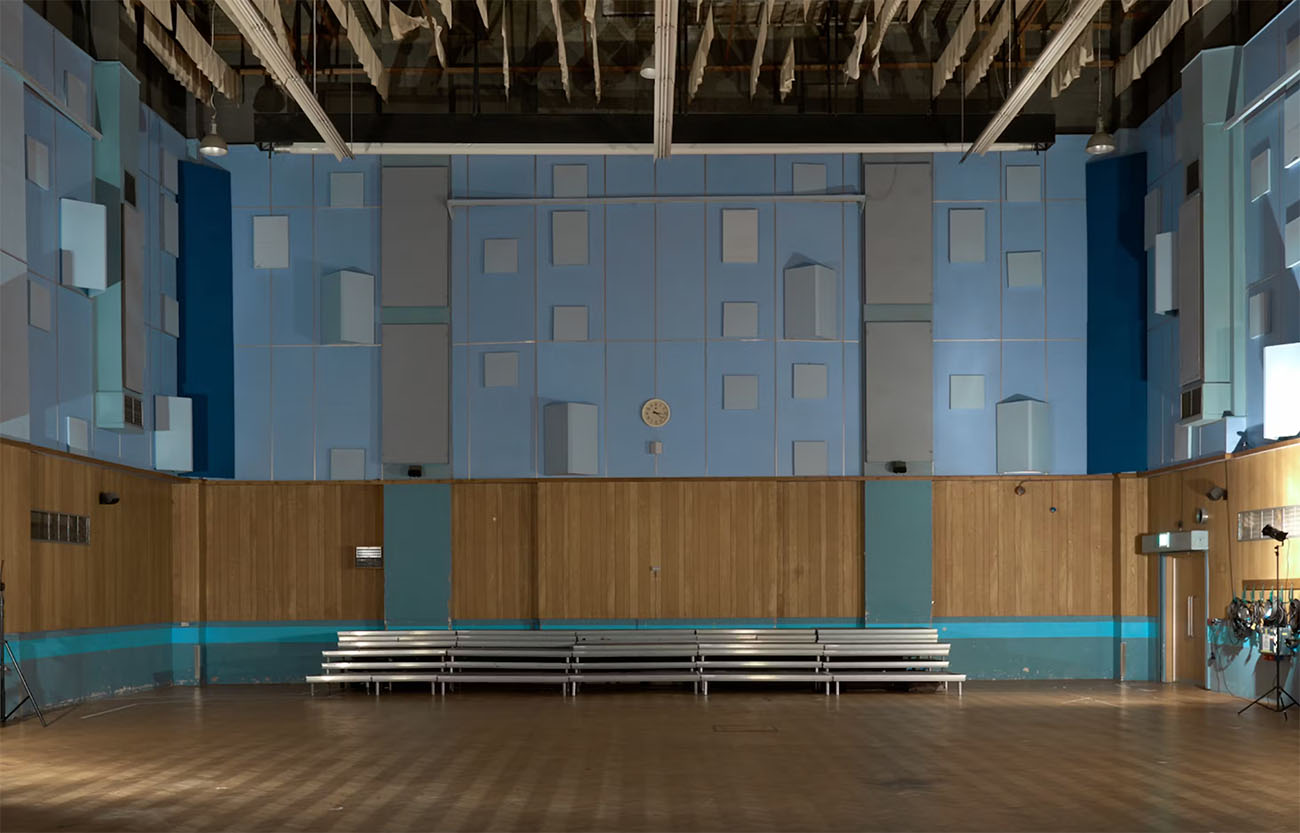
Of course, most people in a blind test, including audio engineers, likely couldn’t tell you specifically that a certain sound is produced at Abbey Road, or any other famous studio. I know I couldn’t. So I know there are people who may wonder why this all even matters. But while Abbey Road Studios itself does have it’s own “sound”, I would submit that what makes the sound of Abbey Road Orchestra great is a combination of the factors. Great players who already know the space, playing the best instruments, the space itself and the perfected tuning of that space, using equipment that is tuned and well-known for this specific environment, and all being recorded and mixed by professionals who know the players, the space, and the equipment.
Abbey Road Studios is a well-tuned studio that has been perfected over time, and the people who work there know where the best resonances can be found, how the room feeds back into itself, and where to place microphones to get that signature sound. But it’s not just about the microphone positions. It’s the mics themselves. Now, I can’t speak to the uniqueness of the actual microphones used, but they are obviously tried and true microphones direct from the Abbey Road mic closet, and being used inside the Abbey Road ambient spaces. And I believe this contributes heavily to the overall quality of any recording there.
Spitfire was able to get Simon Rhodes, one of the two Senior Engineers at Abbey Road Studios, to handle the recordings of Abbey Road Orchestra. And playing the instruments is Joby Burgess, who has played in the confines of Abbey Road countless times. Both are well decorated and know what makes Abbey Road Studios what it is.
If Spitfire would bring their own players and instruments and equipment and engineers to handle everything, the result wouldn’t be the same. It would still be a great library, but it wouldn’t be the Abbey Road sound. So I’m happy they chose to go the way they did.
I’ll get to the quality of individual instruments in the next part of this review, but as a general thought, Abbey Road Orchestra sounds spectacular. There is an alive quality in the recordings, and it’s clear that those responsible were aiming to achieve that quality.
The Spitfire Player Interface and Library Organization
If you’ve played with many of the more recent Spitfire Audio libraries, including Abbey Road One and other entries, you will be instantly familiar with how everything works. But I want to include a quick rundown of things.
Abbey Road Orchestra doesn’t share an interface with other Spitfire libraries, so you won’t be able to load instruments from other libraries, despite sharing the same player interface. However, all Abbey Road Orchestra modules will be housed in the same plugin, which is nice. And it’s virtually identical to other Spitfire Player libraries.
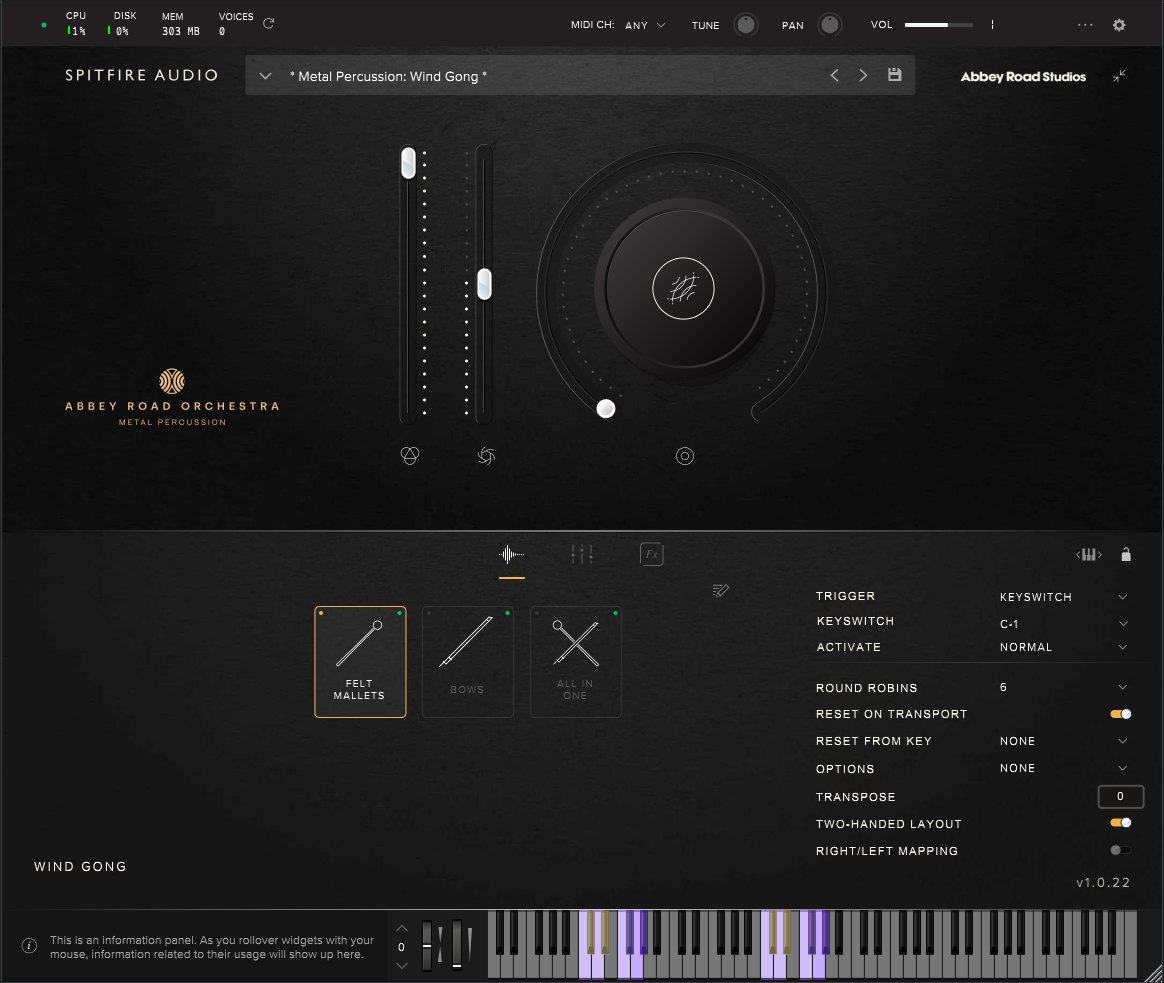
Every thing is very clean, and I love dark interfaces. Though I’ve always felt there is a ton of wasted space with this player. The interface is resizable, which is great. But yeah…use that space better Spitfire.
Loading instruments is easy, and well organized. You can sort by module or instrument type, save your own presets, create favorites, and more. You can also hit the little play button to hear a sample of each instrument, and mouse over the info icon to get more information on each one (which I feel is really helpful for percussion, in particular).
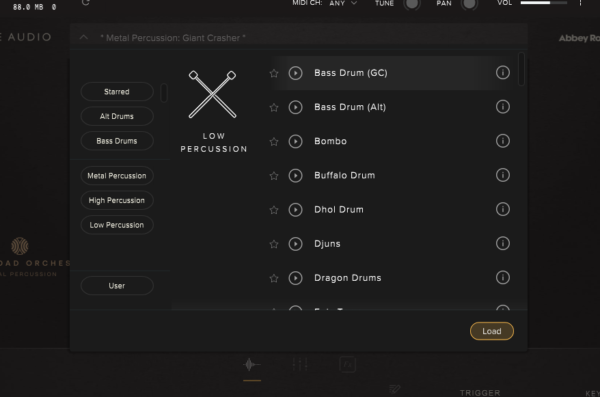
Though I do wish the preset interface was larger because scrolling through instrument types on the left, and the instruments themselves on the right, could really use more space for a longer visible list. Also missing is a search function, oddly. Please Spitfire, add this! Once Abbey Road Orchestra gets to full maturity, it’s going to be a huge pain finding what you want without it.
Once loaded, the interface is broken up into two sections. The top section is simple with control over dynamics and expression, along with a large knob to control effects amount. You can change which effect the large knob controls. But the effects in the percussion modules (I’ll go over the included “effects” later) are so simple and in my opinion, not important. So having the largest interface element dedicated to them seems a little backward.
The bottom half of the interface is where most of your work will happen. Ironically, this is the section that gets hidden if you choose the “Compact” interface mode. Regardless, all the tweaking needed is in this area.
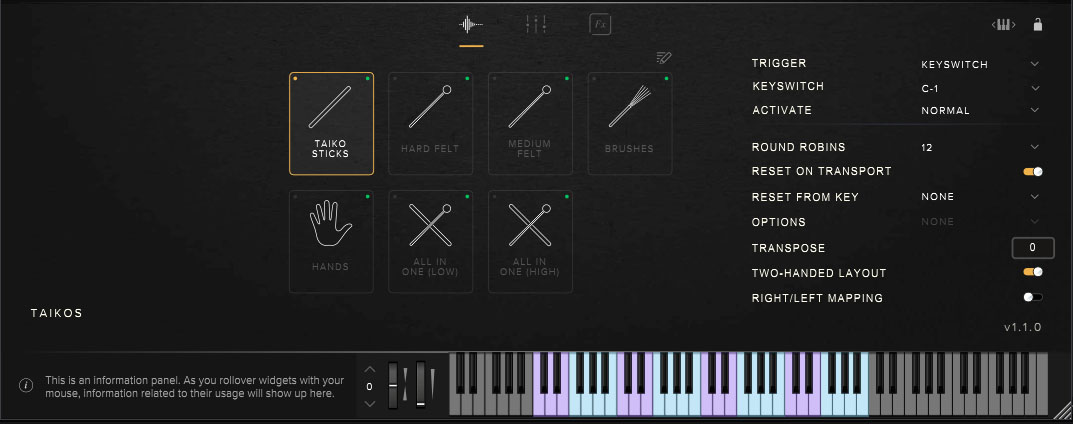
Without going into too much detail, there is a lot of power here. You can, of course, switch articulations (for percussion, usually you are switching beaters or strike methods). But you can also select and mix your microphone positions (only loading the ones you want), along with controlling effect amounts. For microphones, you get full mixing capabilities including solo and mute, which is a newer feature for the Spitfire Player, I believe.
One really nice feature is the ability to turn off articulations or strike methods. Below, I’ve loaded the “Small Metals” patch, which has a bunch of different instruments. If I don’t need them all, I can remove the ones I don’t want, hear samples of each one, or get more info. It’s actually very nice, and comes in handy when you have non-percussion patches with obscure articulations you don’t want taking up valuable RAM.
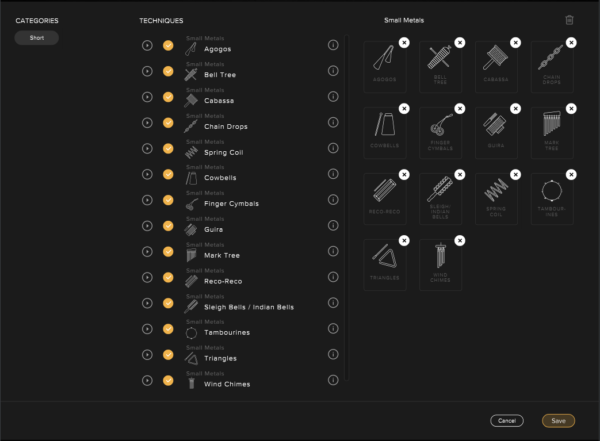
To round out the bottom interface, you will see many options on the right side. These options are PER ARTICULATION, which is very powerful. You can control how each articulation is triggered, such as using a keyswitch, MIDI CC, keyboard range, velocity, or even the speed of your playing. If you spend the time, you can really fine-tune how you play things. We’ll revisit this with future modules as you have a lot of flexibility.
You also have full control over how many round robins are loaded for each articulation, which can save RAM, along with how round robins are cycled through, certain mapping options, transposition of keyswitches, and more. It’s worth exploring this space, and we will certainly talk more about it as it pertains to each module.
These are some highlights, and overall, I’m a big fan of the Spitfire Player interface. It’s clean, easy to use, and the icons are a great touch. There are a lot of cool options under the settings menu as well, which I won’t get into. It’s far more flexible than first appearances might suggest.
But……..and this is a big one: No multi-timbral functionality.
This means you get one patch per instance of the player. No loading multiple instruments and sending them to different outputs. This is probably the biggest omission because loading multiple instances can creep up the CPU usage a bit. Each instance is lighter than a similar Kontakt instance, but being able to load multiple instruments into Kontakt helps reduce this. We need this option in the Spitfire Player. Like, yesterday.
Some parting initial thoughts on Abbey Road Orchestra
Before we end this and get to the real meat and potatoes, it’s important to note that it will be a long time before the full Abbey Road Orchestra library is released, and before our coverage will be complete. Over time, thoughts and opinions may change. At times, the coverage may even seem a little chaotic. But the simple truth is, there is no perfect way to cover this library.
What we will be doing is fine-tuning this article, so I encourage you to come back here with each release. My hope is that we can streamline the parts that are too detailed, and add details that matter along the way. We may also add some FAQs to this page if we get enough feedback.
In addition, our Youtube channel will be live very soon, and we’ll be doing walkthroughs of many future modules, as well as going back to cover previously released ones. I believe these videos will be a great supplement to our written reviews.
But without further delay, click below to get to the first review of Abbey Road Orchestra: Low, High, and Metal Percussion. I’ll see you on the flip side.

